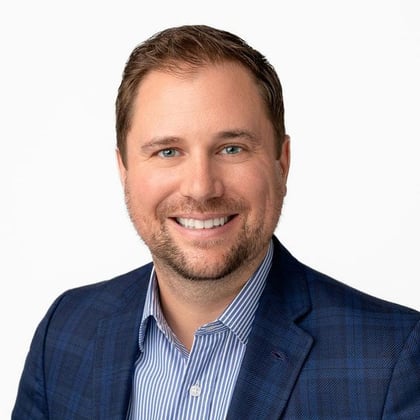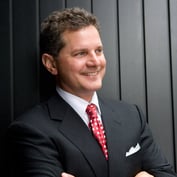Increasingly, tax planning and tax management are becoming a key focus among many financial advisors. Here’s why, according to Dave Alison:
“If you’re holding yourself out as a holistic advisor, you should be able to advise clients not just on investments and retirement but on taxes,” Alison, founder and president of C2P Enterprises and Alison Wealth Management, argues in an interview with ThinkAdvisor. “Everybody out there is looking for ways they can legally save on taxes.”
Indeed, the enrolled agent’s biggest differentiator, Alison says, is his advisory’s expertise in tax strategies. He considers that part of fulfilling the fiduciary duty.
A 2023 ThinkAdvisor LUMINARIES award winner for Thought Leadership and Education, Alison, 39, trains and educates other financial advisors under his C2P holding company, which has four entities, including Prosperity Capital Advisors, Clarity to Prosperity and Clarity Insurance Marketing.
C2P’s assets under management total $2.5 billion, with Alison Wealth managing $130 million in assets of high-net-worth and ultra-high-net-worth clients.
In the interview, the certified financial planner reveals his growth strategies for both the advisory and C2P, the latter based in Cleveland.
A strong emphasis for both is tax planning and management. At Alison Wealth, which is based in Palo Alto, California, and also has offices in Charleston, South Carolina, and Marietta, Georgia, that serves to generate referrals.
In expansion mode, C2P is adding six to 10 new offices annually.
In the phone interview with Alison, who also finds time to host the podcasts “The Bucket Plan On-Demand” and “Complete Wealth Management,” he discusses educating entrepreneurial financial advisors on how to bring “under one roof” financial planning, asset management, tax management, protection planning and legacy planning.
Here are highlights of our conversation:
THINKADVISOR: Tax management is one of your firm’s key differentiators. Why is that important?
DAVE ALISON: Our big philosophy and underpinning for working with clients is: “It’s not just about what you make — it’s about what you keep.”
If you’re truly holding yourself out as a holistic advisor, you should be able to advise clients not just on investments and retirement but on taxes as well.
For most people, taxes are their single largest expense.
Is having expertise about taxes why you became an enrolled agent?
A lot of the work we do for our higher-net-worth clients is very heavy into tax planning and tax management. Everybody out there is looking for ways they can legally save on taxes.
That’s a big part of our differentiator: We’re not only investment advisors but also tax experts.
At Alison, we’re all enrolled agents or CPAs in addition to being CFPs.
At C2P, we deliver a lot of advanced tax-management training to the advisors that affiliate with us.
For years, financial advisors weren’t permitted to give clients tax advice. Why was that?
A lot of the traditional broker-dealers prohibited their advisors from providing tax advice because they didn’t want that liability.
Now, a lot of advisors are continuing to expand their knowledge — people like me who have the enrolled agent training and designation.
The industry has gone to more of a holistic, fiduciary approach, and tax planning and tax management have become a bigger part of what we have to deliver to clients in order to uphold our fiduciary duties.
What’s the main growth strategy for your RIA?
Continuing to differentiate ourselves with the advanced tax management that we deliver to our wealth management clients in order to bring in other high-net-worth and ultra-high-net-worth clients.
What growth strategy do you use for C2P?
No. 1 is our holistic financial planning process. No. 2 is teaching advisors how to embrace tax planning and tax management in terms of incorporating that into their business.
And No. 3 concerns the advisors’ career path and compensation.
What are the recent results of your financial advisors expansion thrust?












 Copyright © 2024 ALM Global, LLC. All Rights Reserved.
Copyright © 2024 ALM Global, LLC. All Rights Reserved.